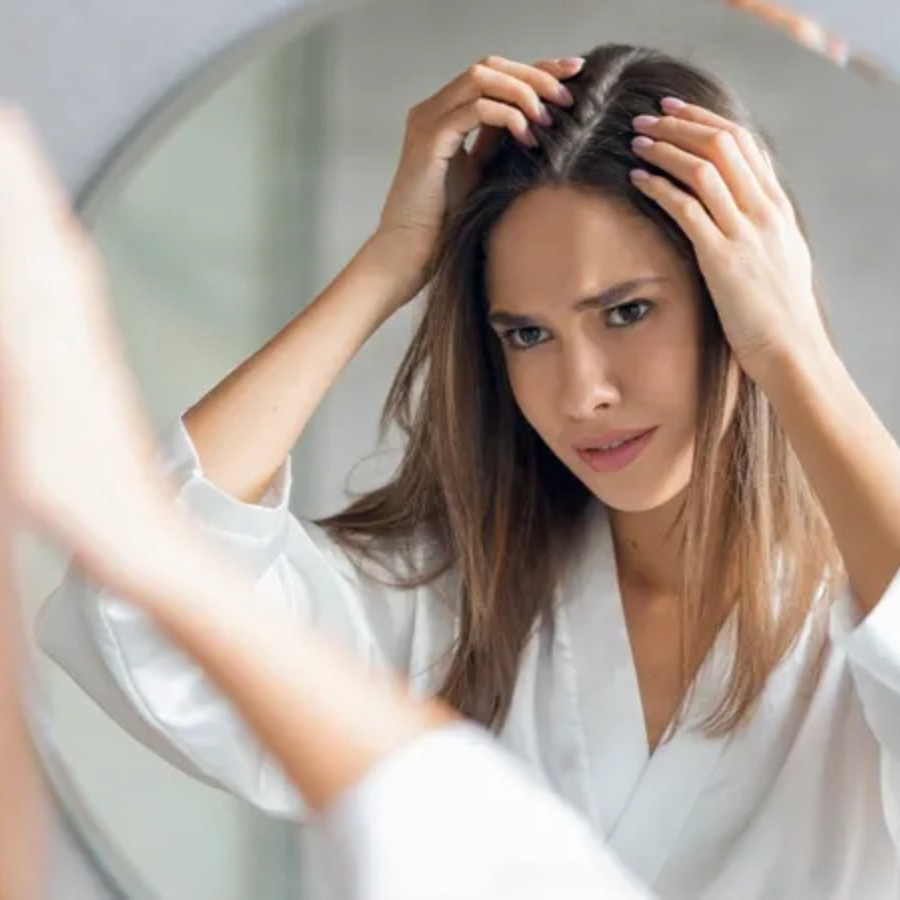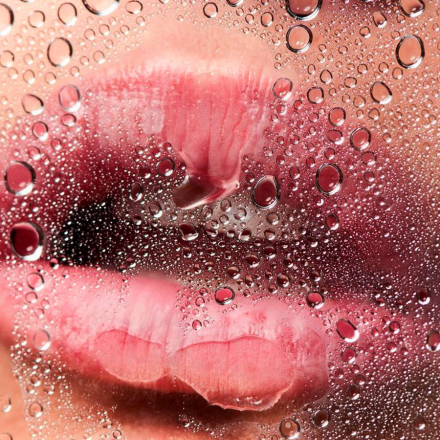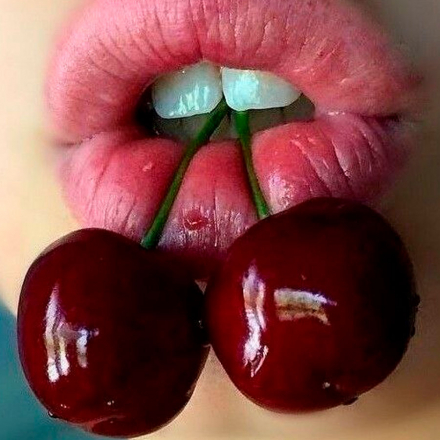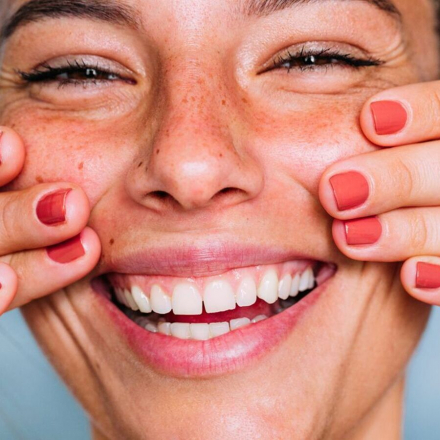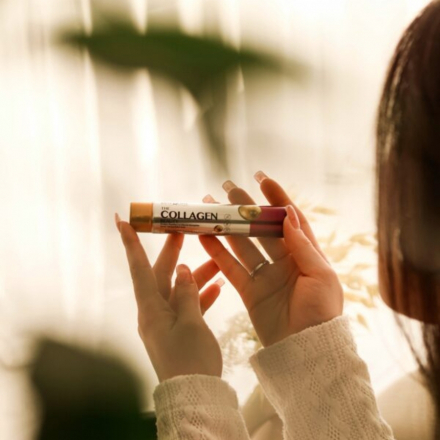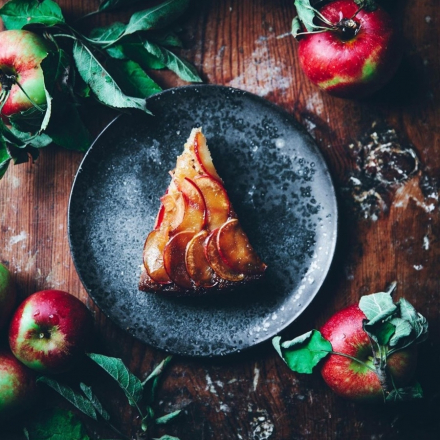Hair Loss: When Should You Be Concerned?
Autumn is the season of cozy sweaters, hot tea, and… increased hair shedding. Yes, during this time many women notice that their brush and pillow become true “traps” for dozens, sometimes even hundreds, of hairs.
Autumn is the season of cozy sweaters, hot tea, and… increased hair shedding. Yes, during this time many women notice that their brush and pillow become true “traps” for dozens, sometimes even hundreds, of hairs. But when is seasonal hair loss normal, and when is it a warning sign? We consulted dermatologists and trichologists.
Why Does Hair Fall Out More in Autumn?
On average, a person loses about 100–150 hairs per day, but this number can rise in autumn. According to Dr. Miguel Sánchez Viera, director of the IDEI Institute of Integrated Dermatology, besides the seasonal factor, hair loss can be worsened by stress, certain medications, the postpartum period, illnesses, and low-calorie diets.
“Seasonal hair loss is most noticeable during washing and brushing. Unlike pathological hair loss, which occurs gradually and continuously,” explains dermatologist Cristina de Hoyos from Ceta Clinics.
Signs That Hair Loss Might Be a Problem
If hair loss is accompanied by the following signs, it’s recommended to see a specialist:
Hair loss along with eyebrows or eyelashes.
Round bald patches on the scalp.
Intense itching in thinning areas.
Hair loss concentrated mainly along the frontal hairline.
Redness or inflammation around follicles.
Well-defined bald areas resembling scars.
Myths About Hair Loss
Many people believe that washing hair daily increases shedding, but this isn’t true. “Washing itself does not cause hair loss; in fact, it helps maintain scalp and hair health,” assures Sánchez Viera.
Hair-counting methods also don’t give an accurate picture: “What you collect today may have fallen out several days ago,” emphasizes de Hoyos.
Vitamins and Nutrition
Deficiencies in vitamins D, C, and E, as well as iron, biotin, magnesium, and zinc, can worsen hair loss. Biotin (vitamin B8) stimulates hair growth and strengthens follicles. Recommended foods: legumes, avocado, bananas, meat, fish, and vegetables. Avoid excessive salt, sugar, and fat intake.
Modern Treatment Methods
Effective treatments available today include:
PRP Therapy — platelet-rich plasma stimulates hair growth.
Mesotherapy — injections of vitamins, amino acids, and minerals.
Micro-implants and robotic hair transplants — for early-stage alopecia and more noticeable bald areas.
Among home treatments, minoxidil is effective: it prolongs the active hair growth phase and strengthens follicles. It’s important to apply it to the scalp, not the hair, with gentle massaging to enhance absorption.
